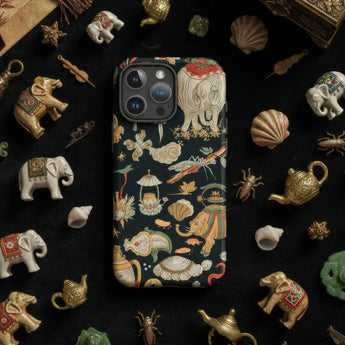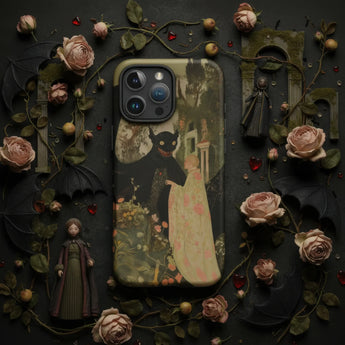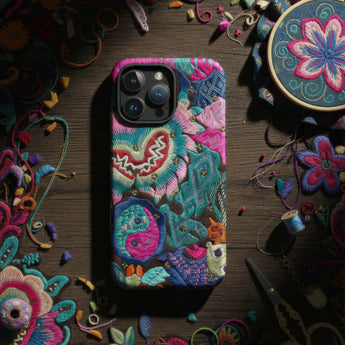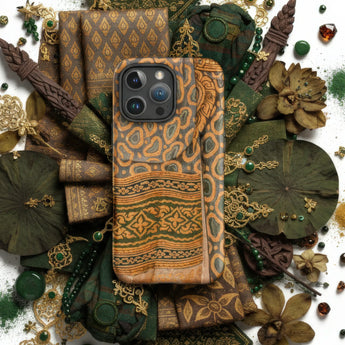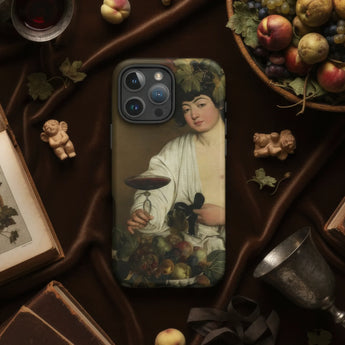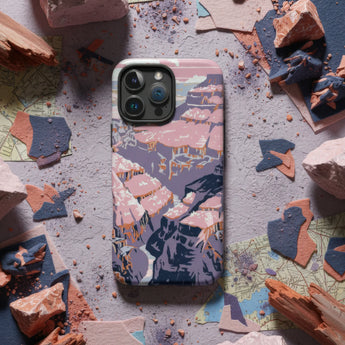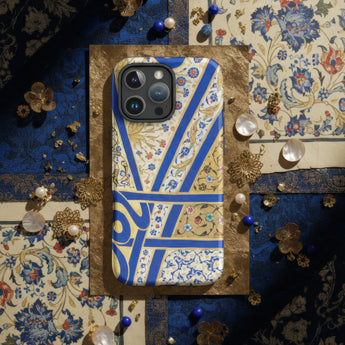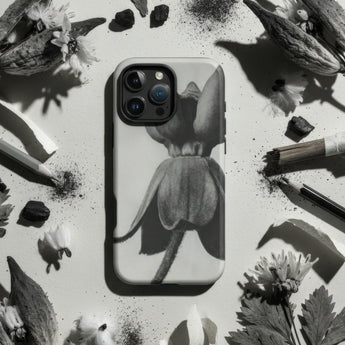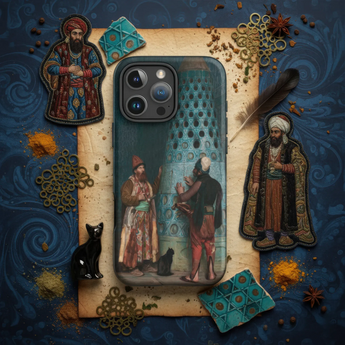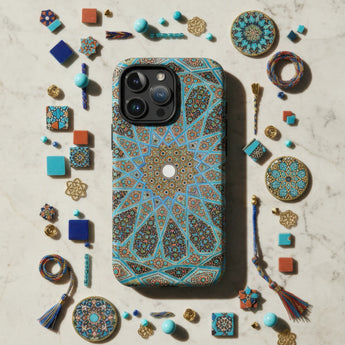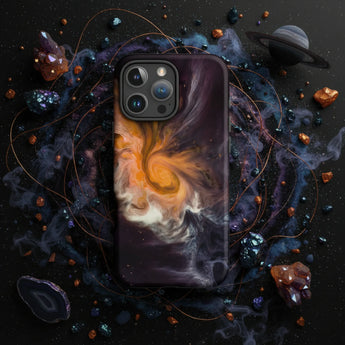Painting Art Phone Cases
On these painting iPhone & Samsung cases, your smartphone morphs into a pocket-sized Uffizi. These aren't just protective shells – they're time portals to artistic eras, letting you cradle Impressionist gardens or Abstract explosions in your palm.
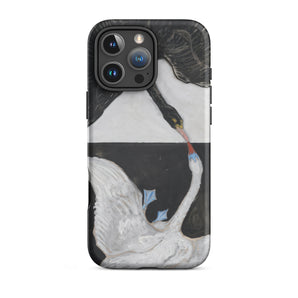
Quick view 
Quick view 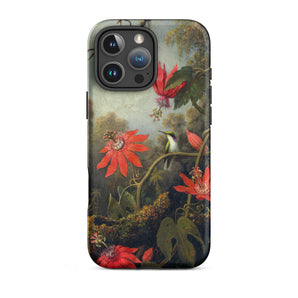
Quick view 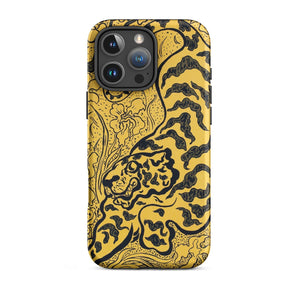
Quick view 
Quick view 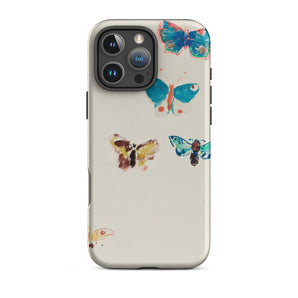
Quick view 
Quick view 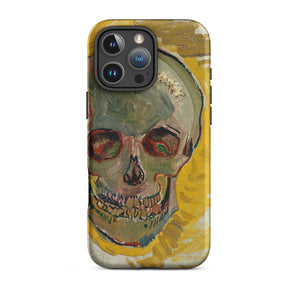
Quick view 
Quick view 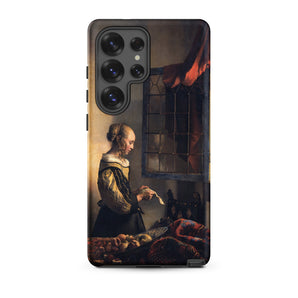
Quick view 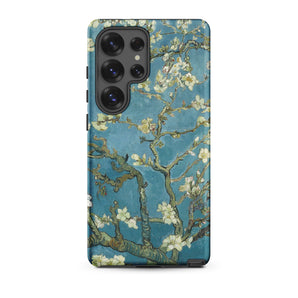
Quick view 
Quick view 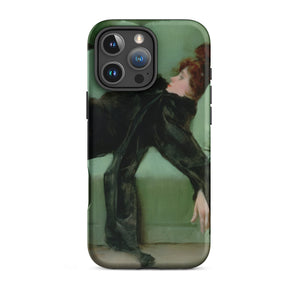
Quick view 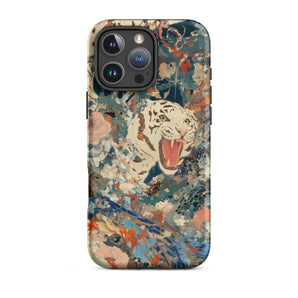
Quick view 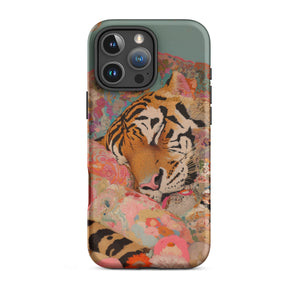
Quick view 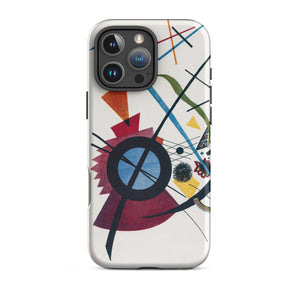
Quick view 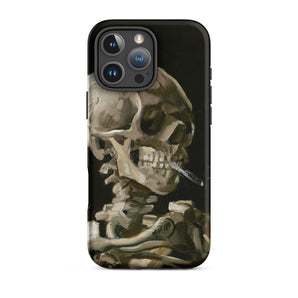
Quick view 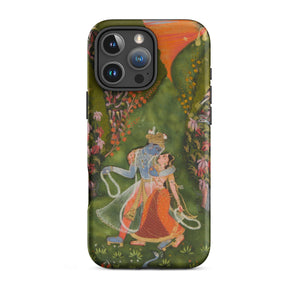
Quick view 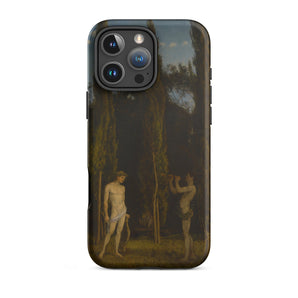
Quick view 
Quick view 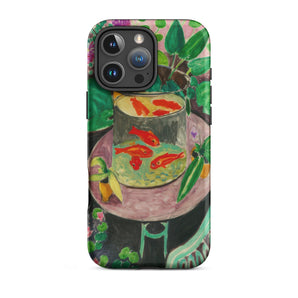
Quick view 
Quick view 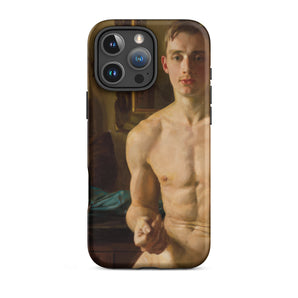
Quick view 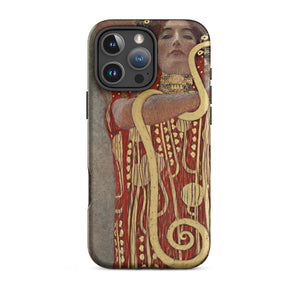
Quick view 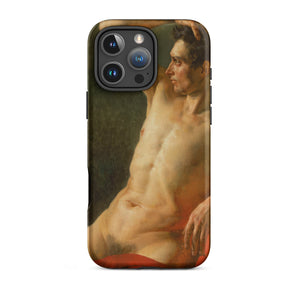
Quick view 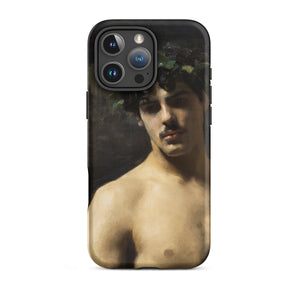
Quick view 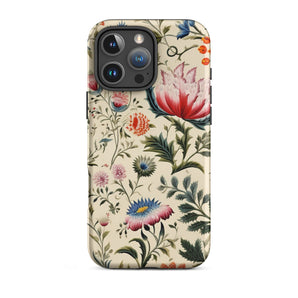
Quick view 
Quick view -
Your Latest Loves
FAQs
About this collection
Imagine checking your texts and getting lost in a Post-Impressionist scene instead. Each case is a conversation starter, a statement piece that declares your distinctive style while whispering sweet nothings to your inner art geek. They're tough too, ready to battle the urban jungle or survive a champagne spill at the gallery opening.
From Renaissance masterpieces that'll make your selfies look positively enlightened, to Modernist mind-benders that'll have your Instagram followers questioning reality... there's a painted masterpiece for every palette. It's not about keeping up with the Joneses; it's about keeping up with the Gauguins.
Why settle for a boring black case when you can flaunt a pocket-sized Louvre? Because let's face it, your phone's already glued to your hand – might as well make it a work of art.
Every call becomes a brushstroke. Every text, a fleeting echo of oil on linen. These painting art phone cases collapse the museum wall into your palm, transforming your device into a kinetic gallery—where Post-Impressionist turbulence meets Expressionist defiance, where Symbolist shadows blur into Fauvist flames. Not decoration, but defiance: these cases are fragments of art history in flux, sliding between Barbizon hush and Der Blaue Reiter fury, dissolving classical reverence into Weimar street art grit.
Cradled in Van Gogh’s trembling skies, your phone hums amidst Gauguin’s burning tropics. Each case pulsing with painterly texture, the surface raised like impasto memory—an archival whisper built to shield not just screens, but the fragile line between art and object.
This is not neutral beauty. This is the inheritance of art nouveau sensuality stained with Bauhaus pragmatism, framed by the raw urgency of German Expressionism phone cases and Viennese Secession prints reimagined in polycarbonate. Protect your phone? No—enshrine it. Art doesn’t follow you here. It inhabits you.
When the call ends, the masterpiece remains.
Who started the art of painting?
Before the first brushstroke, there was earth under fingernails, pigment smudged between bone and stone. Long before Italian Renaissance frescoes or Impressionist plein air experiments, human hands traced stories across rock. In the shadowed heart of Chauvet Cave, prehistoric artists summoned wild beasts with ochre and charcoal, wielding pigment like prophecy. Some say it began in Blombos Cave, where early Homo sapiens ground red ochre into language long before words—while others whisper that Neanderthal artists left their spectral signatures on limestone walls, their mark older than myth.
Across time, paint flowed through ancient Egyptian tomb murals, Tang Dynasty silk scrolls, and Minoan frescoes, each culture inventing color anew, binding pigment to meaning—until the Florentine Renaissance shattered tradition, inventing oil painting to bend light itself into art. Origins blur, but one truth endures: painting began wherever humanity reached for permanence, and found it in color.
What is the definition of a painting?
A painting is neither object nor illusion—but a threshold, where surface remembers touch. It is pigment in motion, bridging the artist’s pulse to the eye’s longing. Whether brushed in egg tempera on wood, or smeared in oil impasto on linen, painting builds a skin of meaning, layering chiaroscuro shadows over trembling pentimenti. It is visual poetry, crafting line, shape, texture, and color into moments both captured and dissolving—whether a Cubist disassembly, a Surrealist rupture, or the quiet hum of tonalism. Painting is the ancient practice of seeing made tangible, the voice of hand and eye speaking at once.
What are the 5 painting genres?
Genres are the bones beneath beauty—the hidden structure of artistic order. From Dutch Golden Age banquets to Baroque allegories, genres are maps of meaning, assigning purpose to paint.
History painting stands first, colossal and solemn, wrapping mythological allegory in grandeur.
Portrait painting, intimate and unblinking, pulls identity into pigment.
Genre painting, humbler and sly, captures the fleeting rituals of common life.
Landscape painting, vast and reverent, writes the earth into sky.
Still life, fragile and mortal, studies the hush between breath and decay.
What are the major styles of painting?
Realism unfolds like truth’s own reflection—unvarnished, shadowed, merciless.
Impressionism fractures the moment into fleeting brilliance, where color dissolves into air.
Expressionism howls from the gut, twisting form to match emotion’s raw edges.
Cubism dismantles the visible world, rebuilding it from splintered planes.
Abstraction, unshackled, speaks without symbols, pure color trembling into silence.
From Bauhaus austerity to the molten chaos of Abstract Expressionism, each style rewrites the contract between eye and meaning.
What is a color palette in painting?
A color palette is the artist’s heartbeat made visible—the pulse of pigment history, the echo of every crushed mineral and boiled root that ever bled into a brush.
In Renaissance workshops, palettes held the alchemy of lapis lazuli skies and vermilion robes, rare pigments balanced like ancient spells. In the hands of Barbizon plein air painters, palettes became open-air maps, mixing earth tones under changing skies.
But the palette is not just object—it is voice. Caravaggio’s chiaroscuro, where black devours light; Fauvist vigor, where color runs free; Impressionist transparency, where hues shimmer like breath on glass. Even limited palettes, reduced to ochre, sienna, and lead white, carry the weight of eras.
Palette is intention: the Bauhaus primaries, the muted hush of tonalism, the decadent bruise of symbolist twilight. Every palette remembers its lineage—because every color arrives with history already stained into its hue.
What are aesthetic qualities in painting?
Aesthetic qualities are the rhythm beneath the image—the invisible choreography that governs brush and gaze alike.
In Japanese nihonga painting, beauty blooms through asymmetry, allowing emptiness to sing. In Dutch Golden Age still lifes, every gleam of silver and rot of fruit speaks of fleeting glory. Composition pulls the eye, but Baroque diagonals twist it into ecstasy.
Color is more than hue—it’s emotional temperature, the burn or hush inside the pigment. Light isn’t just brightness, but tenebrism’s shadow theology.
Brushwork is the signature pulse, from impasto ferocity to the vapor-thin touch of sfumato. Space bends time—whether a Renaissance vanishing point or the shallow crush of Cubist planes.
Each aesthetic choice—balance, unity, emphasis—is the grammar of beauty. Together they form the silent music paintings play, whether screaming with Expressionist fracture or whispering in the silver hush of tonalist dusk.
Where can my order ship to?
Any treasure you find here can be shipped to:
North America
Canada, Mexico, Continental United States
South America
Argentina, Brazil
Europe
Albania, Andorra, Austria, Belgium, Bosnia & Herzegovina, Bulgaria, Croatia, Cyprus, Czechia, Denmark, Estonia, Faroe Islands, Finland, France, Germany, Gibraltar, Greece, Greenland, Guernsey, Hungary, Iceland, Ireland, Isle of Man, Italy, Jersey, Kosovo, Latvia, Liechtenstein, Lithuania, Luxembourg, Malta, Monaco, Montenegro, Netherlands, North Macedonia, Norway, Poland, Portugal, Romania, Russia, San Marino, Serbia, Slovakia, Slovenia, Spain, Sweden, Switzerland, United Kingdom, Vatican City
Middle East & Asia
China, Hong Kong, India, Indonesia, Israel, Japan, Lebanon, Malaysia, Philippines, Singapore, South Korea, Taiwan, Thailand, Türkiye, United Arab Emirates, Vietnam
Africa
South Africa
Oceania
Australia, New Zealand
—
Every package tracked so you can watch your treasure move from A to B to You.
Sent carbon neutral at no extra charge. Helping you gain peace of mind your money's being kind.
Orders to the rest of the world coming as soon as I can!
How much will shipping cost?
Delivery to 60+ countries
Free shipping worldwide — check if we ship to you
When will my package arrive?
USA: 4-9 days • Canada: 5-12 days • UK: 4-9 days • Europe: 5-10 days • Australia: 4-9 days • New Zealand: 5-12 days • Rest of the world: 3-4 weeks
Why the wait? Every treasure you find here is produced after you purchase. So the delivery times include production, quality assurance, thoughtful packaging and shipping. More details on orders and shipping
Every package tracked so you can watch your treasure move from A to B to You.
Sent carbon neutral at no extra charge. Helping you gain peace of mind your money's being kind.
Can I return my order?
1. Open Request
You're welcome to open a return / exchange request within 30 days of your order's delivery. All items for return must be delivered back in their original condition, with their original packaging included.
2. Wait For Approval
Expect a reply within 24-48hr
Once your return's approved, you'll receive the return address, so you can mail items back with confidence. Please wait for approval before mailing anything, to avoid confusion and disappointment.
3. Return Items
Return shipping: You pay for return shipping fees unless you received faulty / incorrect items or they get damaged in transit.
Tracking: Please send your items back with tracking. No refunds can be given for items that aren't received.
On sale: No returns or exchanges for discounted / on sale items unless they arrived damaged or faulty.
Payment method: After your return's approved, you'll be refunded via your original payment method.
...
Learn more about my step-by-step returns process.

